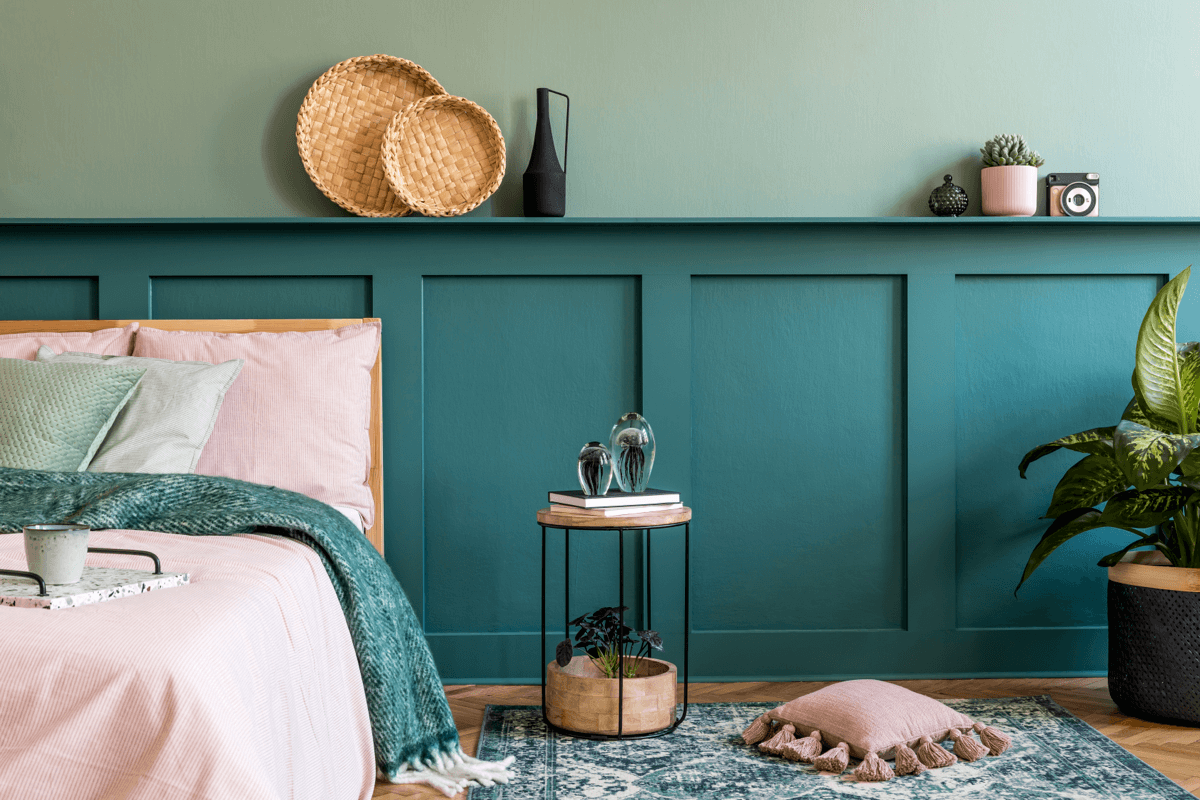
Table of Contents

Florida, the sunshine state, is becoming more and more popular as a study and business location for interior design students. The state offers great opportunities for those interested in pursuing careers in the interior design industry. Florida’s golden beaches, year-round warm weather, and huge variety of plants and wildlife offer ideal inspiration for designers.
Interior design schools help students develop the knowledge and industry-specific skills they need to build a career in the constantly evolving and multi-faceted world of interior design. The practice of interior design requires far more than simply the ability to visualize beautiful spaces; interior designers need to be masters of spatial design, color, lighting, material selection, and interior architecture.
With that in mind, it is important to recognize that an interior design education from a reputable school can be just as important to career success as the education any other professional receives before entering a particular career. In Florida, there are considerable opportunities to earn a high-quality interior design degree or certificate through one of the many schools offering programs.
The landscape of online learning is transforming rapidly in tandem with modern technology. The Internet is now offering viable alternatives to traditional education as today’s students demand convenience and accessibility.
Online interior design programs offer the same high-quality curriculum, faculty resources, and rigorous academic standards as traditional on-campus programs, but in an asynchronous online format. Lecture content is delivered through live or pre-recorded video lectures streamed to students, and supplemental materials are provided via robust online learning management systems (LMS).
To qualify for our ranking list, a school must be recognized by the California Council for Interior Design Certification and offer an interior design program at the bachelor’s or master’s degree level.
Our ranking of the best interior design schools in California is created through an objective assessment process that measures the academic performance and reputation of each qualifying school, as measured by eight weighted categories: Academic Experience, Graduation Rate Performance, Early Career Success, Financial Aid, Student Selectivity, Faculty Resources, Long-Term Graduate Success, and Value.






1501 Biscayne Boulevard, Suite 100, Miami, FL 33132





Interior design is an interdisciplinary field grounded in the visual arts, architecture, engineering, construction management, and psychology. If that sounds like a lot to take in, you are right. That’s why effective interior design education programs do not try to teach all of these skills in a vacuum. Instead, they integrate these essential concepts into a cohesive, comprehensive curriculum that covers all of the major areas relating to interior design.
Subjects covered by an interior design program will typically include:
Interior design schools allow students with a strong foundation in the essentials of design, to pursue academic interests in specific areas of study. An area of specialization may be defined by a particular client group, such as commercial or residential design, by a specific type of project, such as historic restoration, or by a functional area, such as sustainable design.
Some common areas of specialization include:
An institutional interior designer is responsible for the design of educational spaces such as private schools and universities; healthcare facilities like nursing homes; civic buildings like city halls; justice facilities like courtrooms; and correctional facilities like prisons.
Institutional designers work closely with clients in each of these fields to ensure that the design is able to meet the demands of their respective fields while providing a pleasing environment for staff and visitors.
Sustainable interior designers are responsible for creating sustainable facilities, which contribute positively to our world by using natural resources effectively; conserving energy, water, and other physical resources; and minimizing the environmental impact of construction.
Sustainable design applies a triple bottom line philosophy that doesn’t just measure a project’s economic viability, but also its social benefits and ecological footprint. A sustainable designer may be involved in everything from the site location to furnishings choices.

The Art Career Project is a trusted resource for emerging and professional artists.